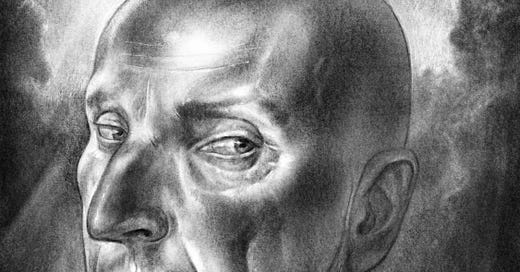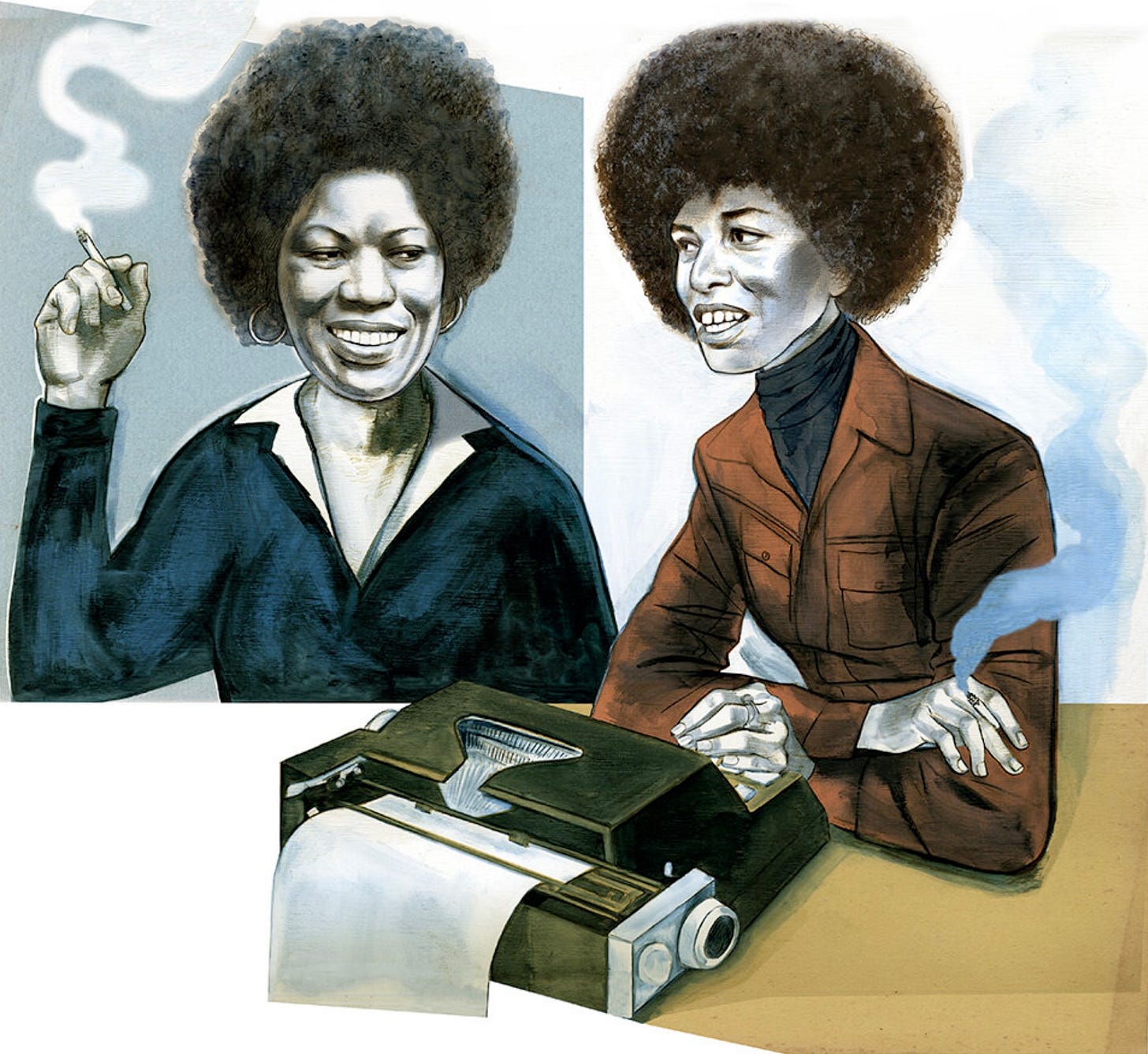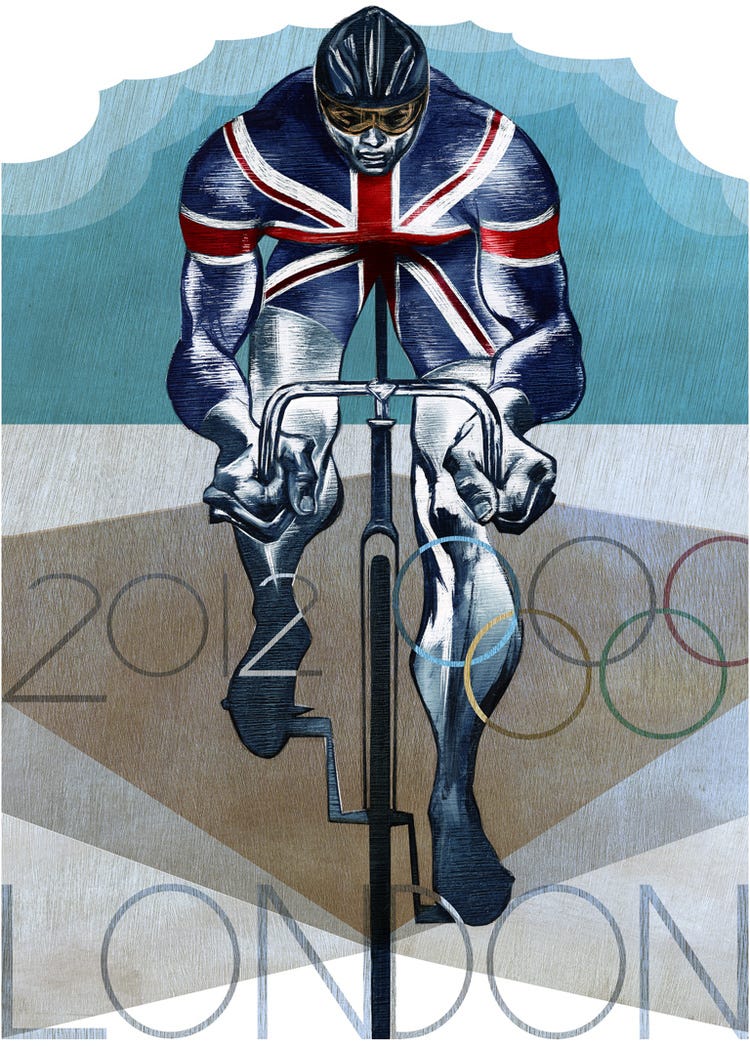In conversation with the brilliant kids book artist and author Jon Klassen last week, we discussed A.I. and he said, “A.I. will never have insecurity, and that is the work.” Never having a crisis of confidence or experiencing doubt is psychopathy not super intelligence. In making art, there is no shortage of doubt when it comes to the work, doubt is the healthy setting necessary for exploration. Doubt that leads to fear and inaction, or even fleeing from its demands should be avoided at all costs, and then we have the winning malady of the age —there is even an institute for it—-imposter syndrome. Two incredibly terrible words lashed together to diagnose the most normal feeling in the world as a disease. Every creative shares these feelings.
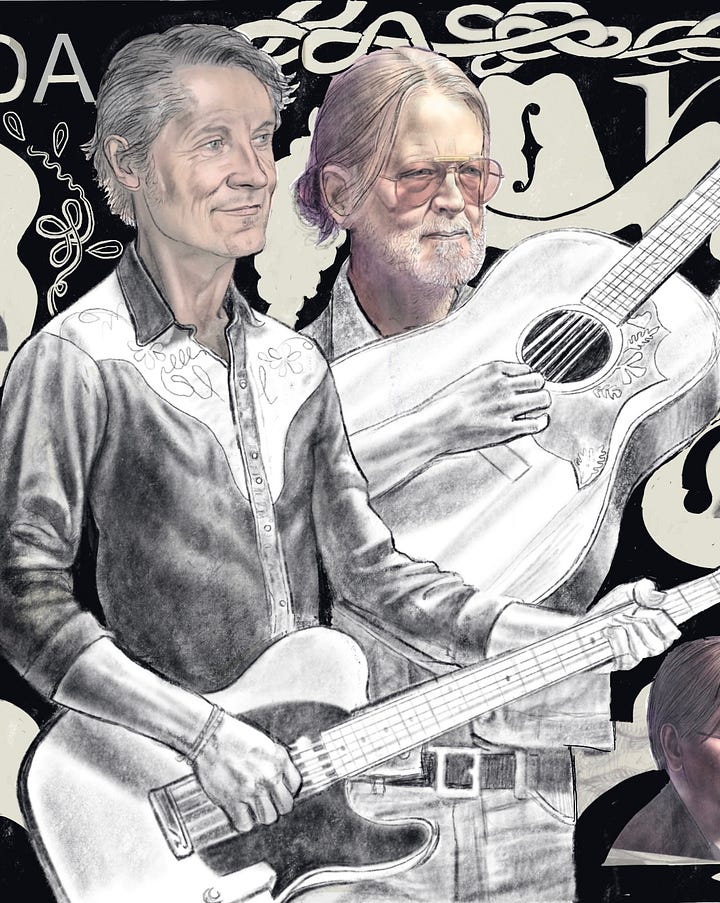
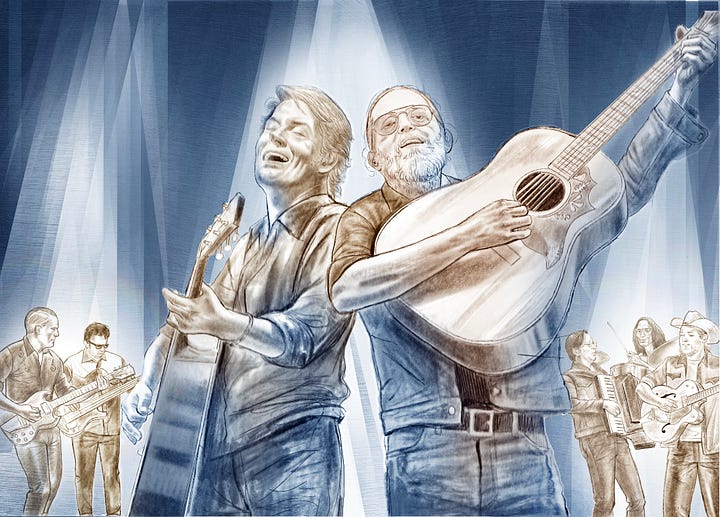
Maybe we could borrow the emotional reframing that elite athletes use to turn feelings of anxiety into excited anticipation to prepare for a match. I wish I had a creative hack for writing—-it’s bloody tortuous. When I first started illustrating I would have some of my favourite work on my studio wall—taunting me to do my best. In a lot of my recent work my first image invariably is scrapped, a necessary mistake on the path of finding an answer. The final image benefits from the failure that the other paths taken inform. I know some students want to be served certainty as a helpful solution. I believe we need answers, but if they are handed to you they are useless. The process of discovering an answer for oneself is by actively exploring what you don’t know and what you haven’t been looking for. Doubt can create discomfort and challenge your habitual way of thinking, and it can unmoor you—these are all good things. But then we go out into the world of social media where billions of dollars has been spent on capturing our attention and incentivizing the most intense emotive certainty.
An illustration of the intended consequences of the audience capture of our emotions, rather than the appeal to balance— we’ve been at this too long to hand wring anything being unintended—-this is the strategy—stoke the fire reap the attention. In the recent election across Canada, the 2 major parties both tallied over 40% of the electoral popular vote—-the last time this happened in Canada—-1930. Polarization is now a North American disease, with the left and right in Canada seeing each other as dangerous…
Angus Reid polling revealed that 87% of Conservative (the Right) voters think the Liberals (the Left) are a “threat to their country” and 84% of Liberal voters believe the same thing about the Conservatives.
Since 2020, the increasing dumpster fire of social media has made it very clear that our brains are wired for catastrophe, controversy, and conflict rather than the sober consideration of balance, introspection, and doubt. If we don’t have the will to solve this societal disease what hope is there for training or minimizing the unfettered use of A.I. optimization and adoption? This is where I think doubt has utility, it’s not the ideal word, I make pictures for a living, so forgive me. It’s the opposite of certainty, which is the myopic fuel of so much online aggression.
I have taught and worked with a lot of very successful creatives and they share a common thread in their outlook and in their practice. Their work defies modelling, and sitting outside of conventional expression they have built a connection to their audience that demands something from the viewer—-participation. A.I. gen art is passive and retina deep. It will evolve and there will be human hands eager to turn the knobs to make this work more engaging. But the superpower that will be missing in these scraped prompt pictures is the unique storytelling of lived experience expressed in the doubt, the risks taken, and the struggle with materials that informs every mark and colour and texture. Meaning is actually hard won and worth the effort, because we find our purpose in making art and not just in the sharing of a product.
Speaking of sharing—- some of the best voices from the creative industries battling A.I. are coming from the U.K., and tangible ideas about a way forward are more valuable than just throwing pitchforks at tech bros, check out this excellent video discussion (scroll to the bottom of the feed for the video) about the state of A.I. and the creative industries on the Scotch and Watch podcast featuring Charting A.I.’s Graham Lovelace.

